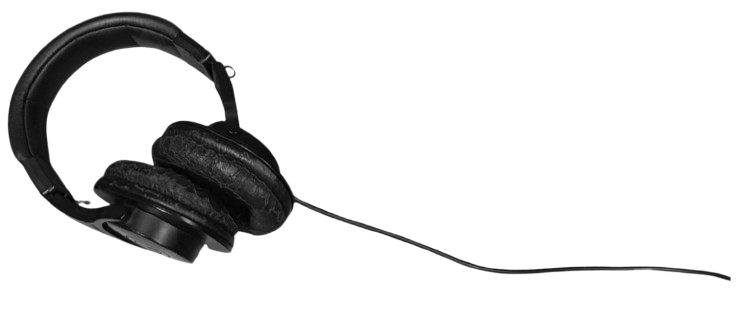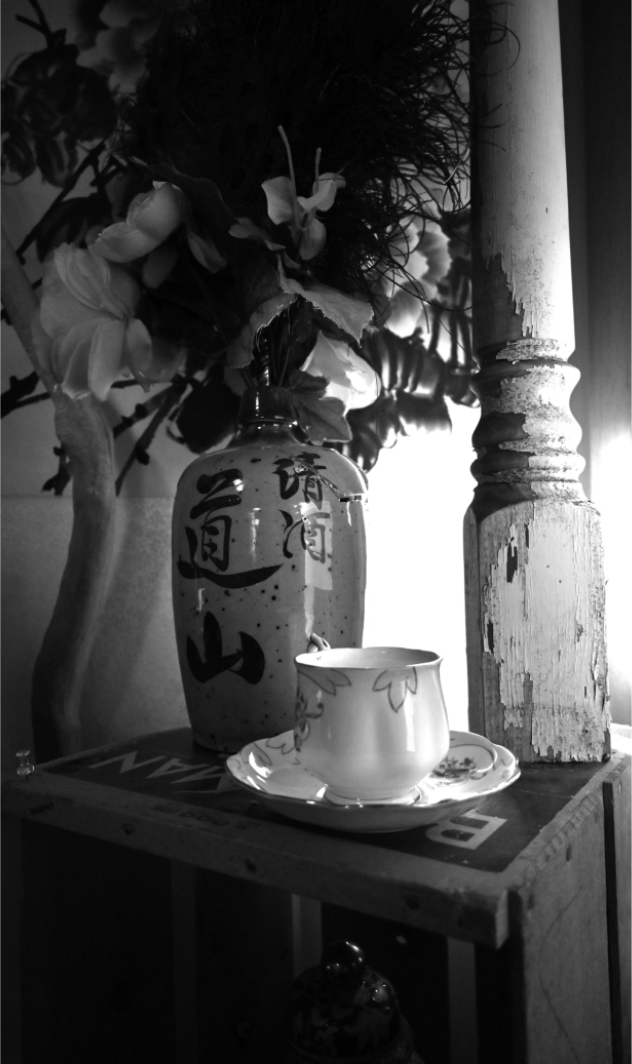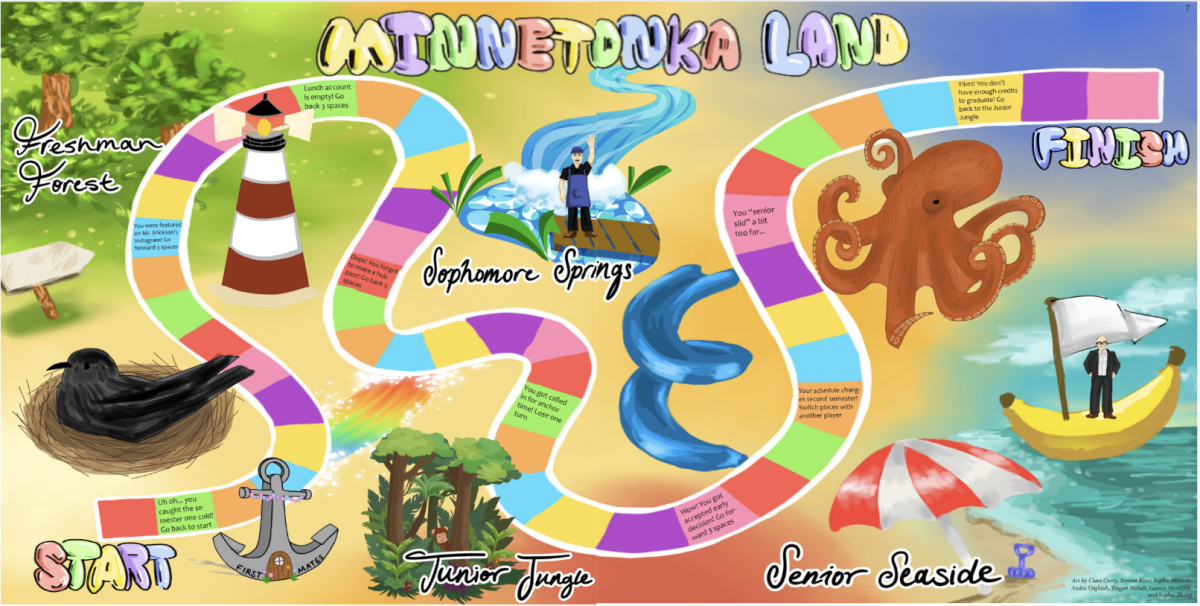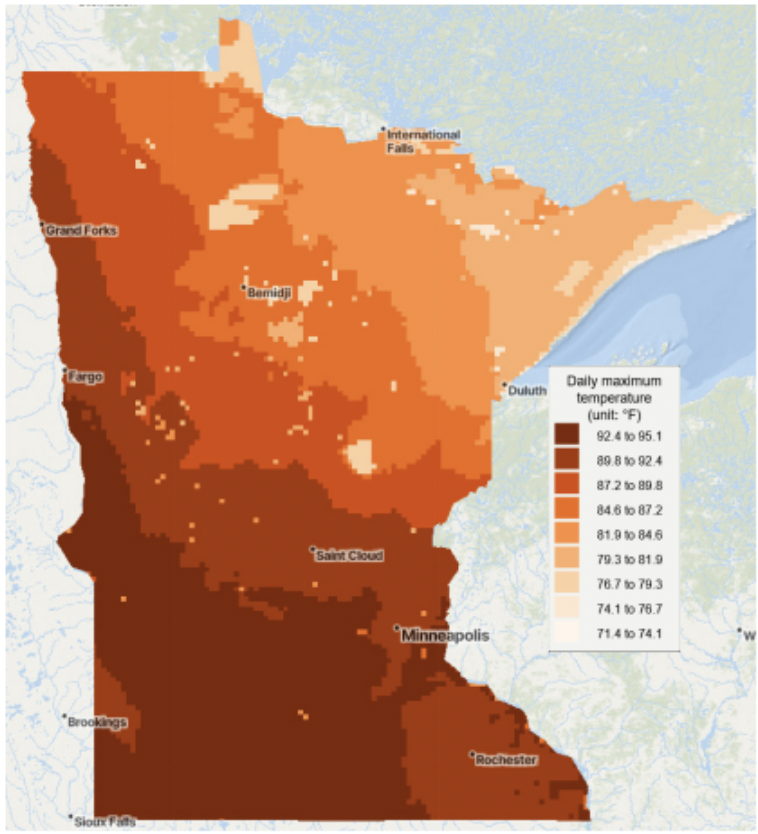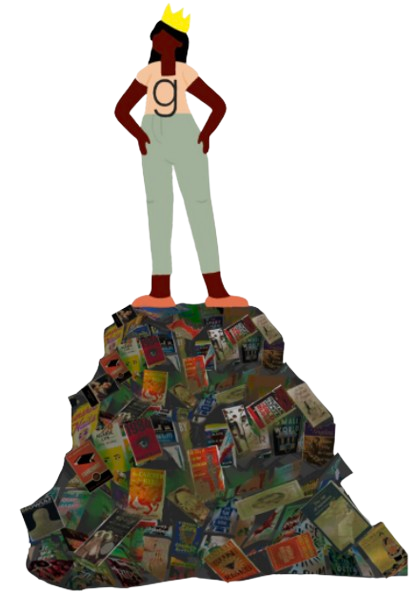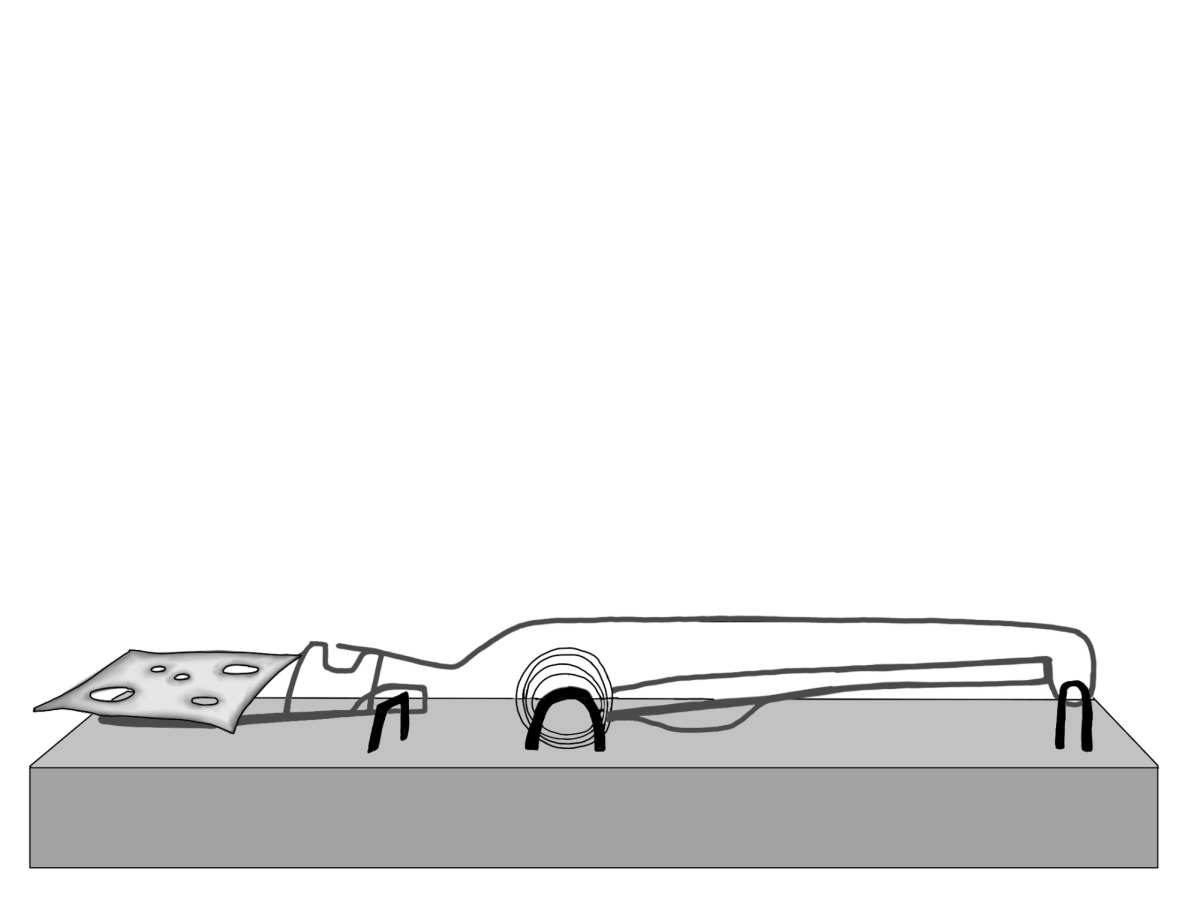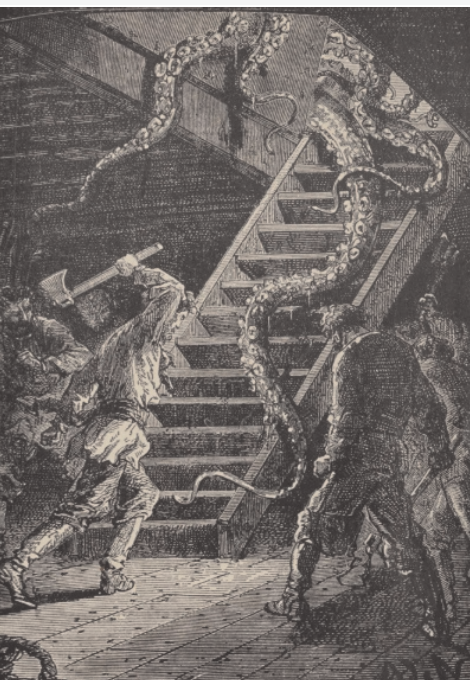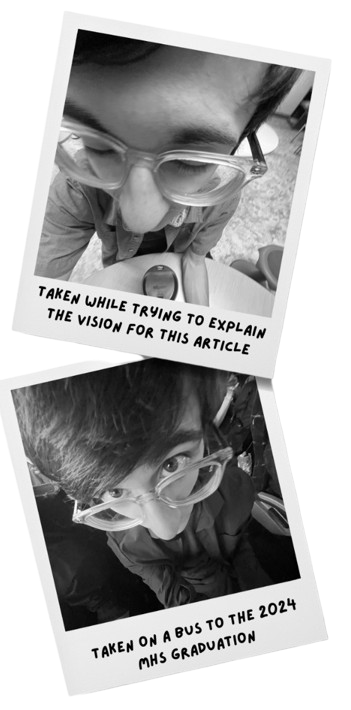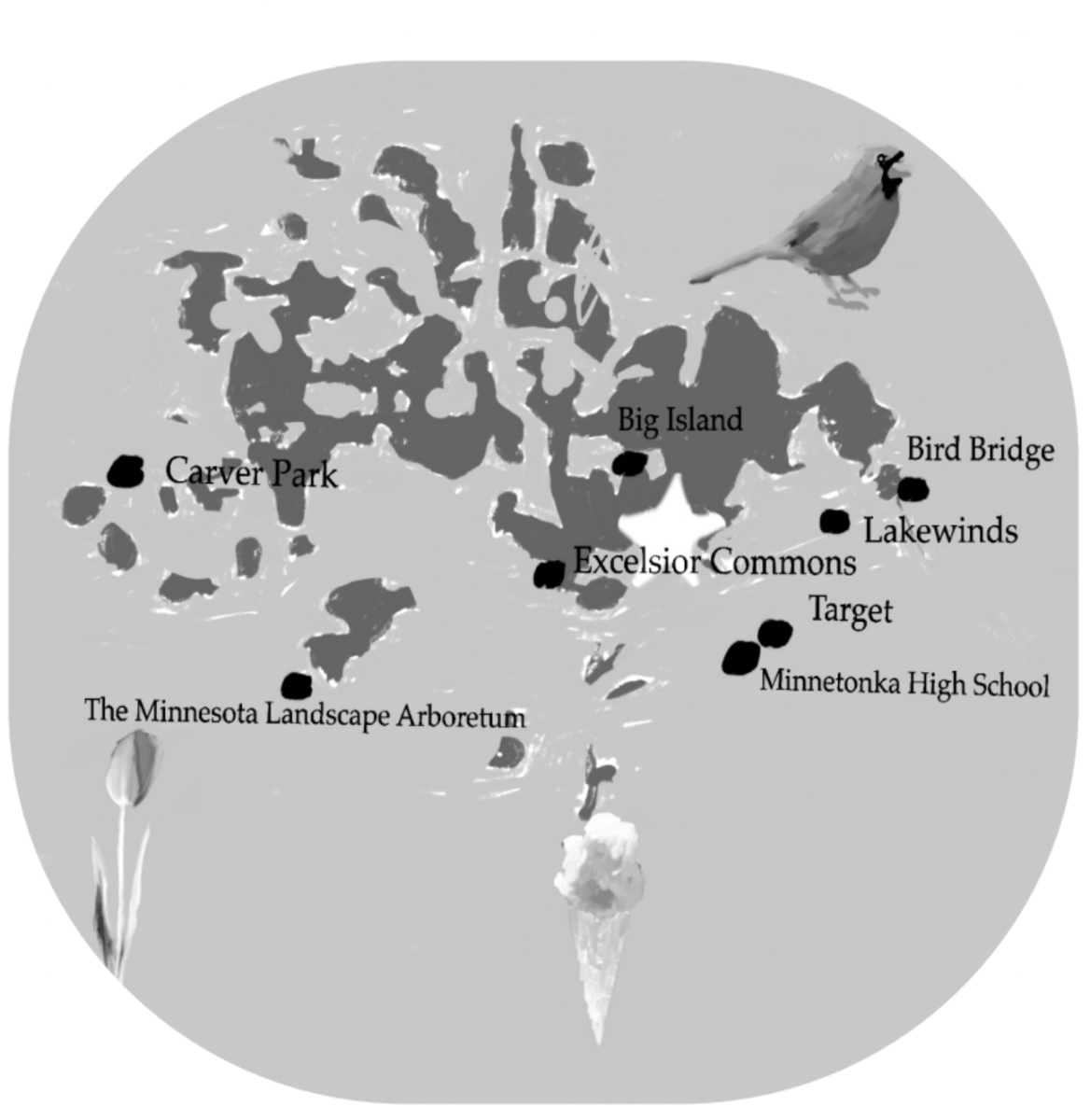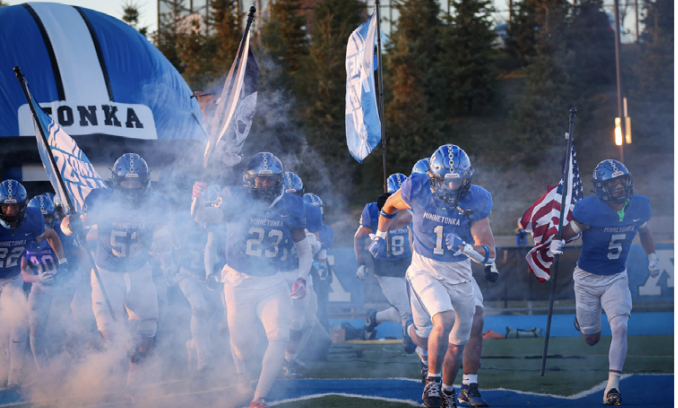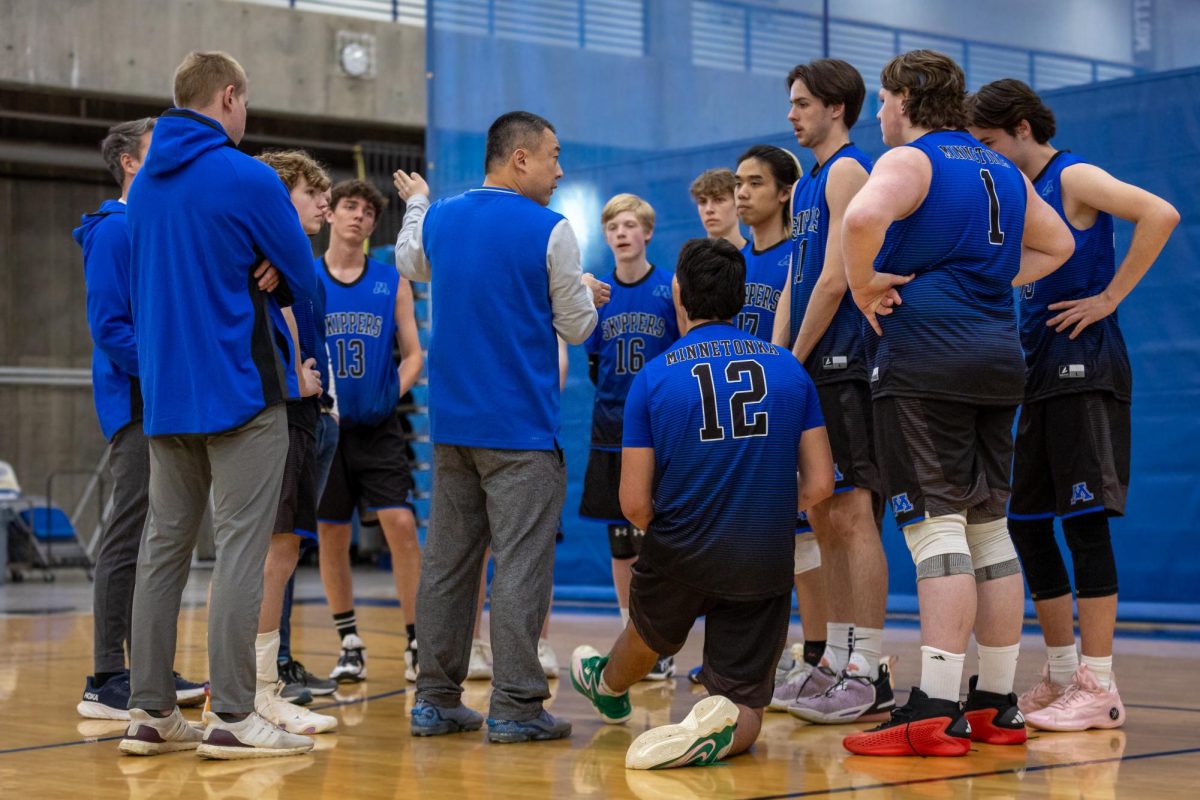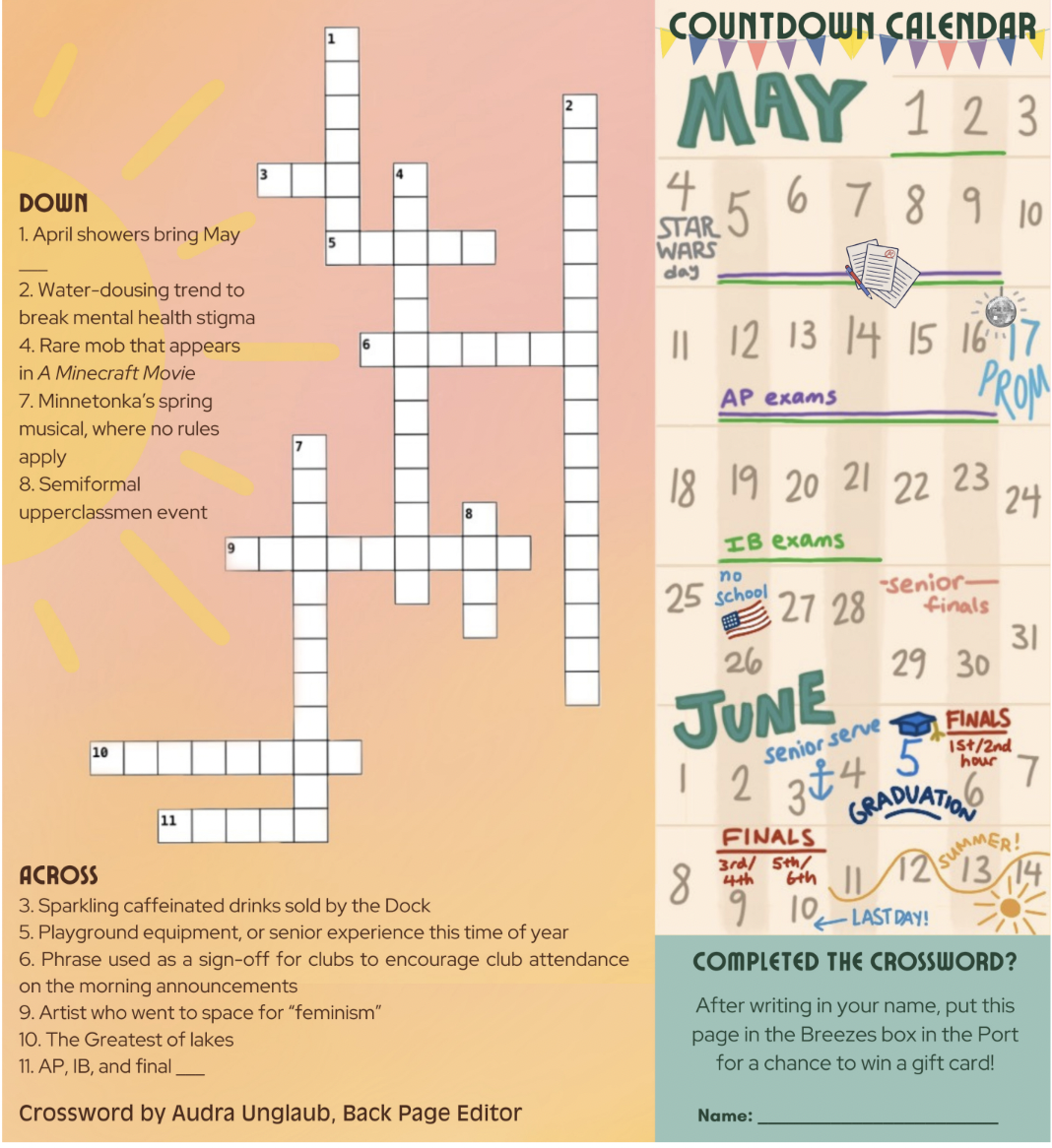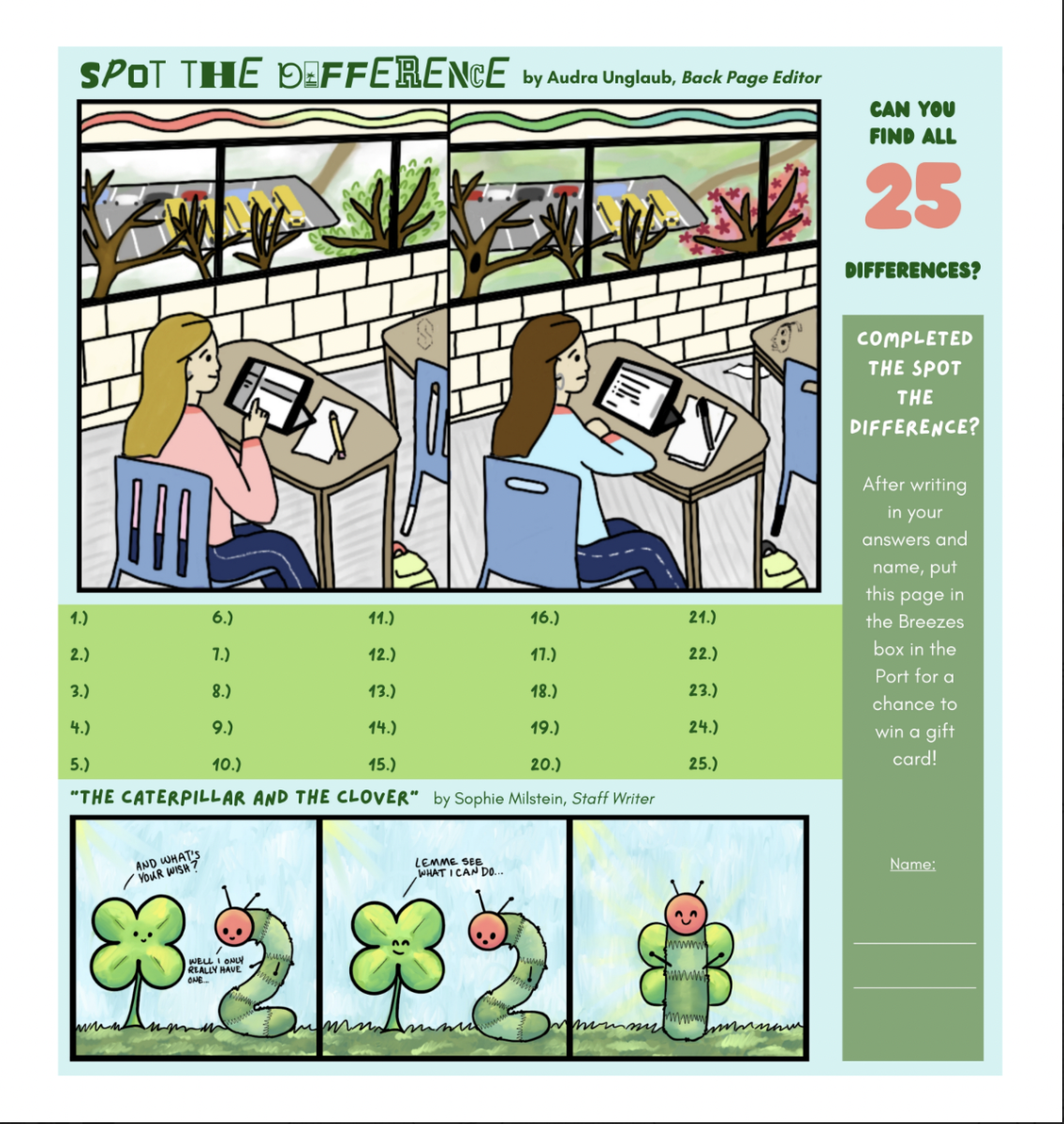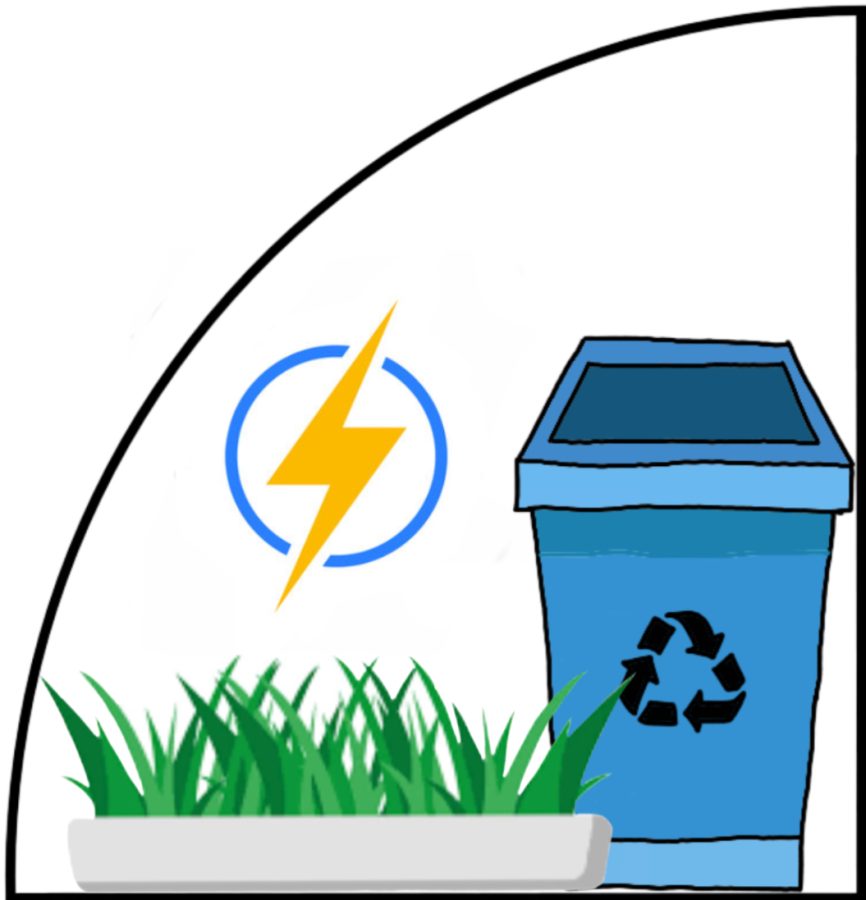MHS: Putting The Sus in Sustainablility?
March 24, 2023
As people become more conscious of their impact on the environment, it’s important to know how the facilities we use every day contribute to the cause. How sustainable is MHS? To find out, let’s look at two main factors: waste and energy.
Starting in elementary school, students learn how to separate their waste into trash, recycling and organics. To reduce Minnetonka’s landfill footprint the district provides these disposal options at all school buildings. However, there is a problem – students aren’t using them properly.
“There’s a lot on everyone’s plates and I understand it’s easy to get distracted about those things that not many really think about,” said custodian, Jonathan Larsen. Larsen is often in charge of replacing filled waste bins in the cafeteria during lunch. He is familiar with the contamination that occurs, especially in the organics bins. Because of the difficulty to re-sort and the composting plant’s fee, custodial staff have no choice but to throw heavily contaminated organics bags into the trash. This happens far too often. “⅗ times, at least,” estimates Larsen, meaning a great majority of MHS’s organic waste is going to a landfill simply because of poor sorting practices.
“Ideally I would be able to separate them all the time, but I need the help of the students and staff too,” Larsen said. He hopes that the school can work together to implement this simple sustainable practice.
Minnetonka is doing better with energy. The district buys much of its power from windmills and is increasing its percentage of renewable energy each year as wind plants in Minnesota expand. In fact, by the main entrance, there is a plaque congratulating the high school campus on being run by 100% wind and solar sources.
Tonka is also working to reduce the energy it consumes. Just this winter, a district-wide switch to LED lighting was completed. “Each fixture with fluorescent lighting would draw somewhere in the neighborhood of 50-60W of power, and we’ve reduced that down to 17,” said facilities manager Jeremy Peacock. This switch will reduce Minnetonka’s draw from the grid as well as its energy bill.
So what about future plans? Do district officials have any big sustainability projects in the works? Not really, but MHS students do. Emma VanMeter, ‘24, is a member of MHS’s Student Innovation Team and is one of the students piloting the school through a program called Green Step Schools.
“Green Step Schools is a step-by-step program through which schools work towards changing the norms of a school or community to help protect the environment and build a more sustainable future,” explained VanMeter. She has already started on the first few phases of the program and recently had a meeting with school administrators to approve the program and start creating a green team: a group of students, teachers, custodians and administrators that will work together on a project next year. “It will have something to do with improving the sustainability of the school,” said VanMeter, “or just working to make it cleaner and better for the future.”


